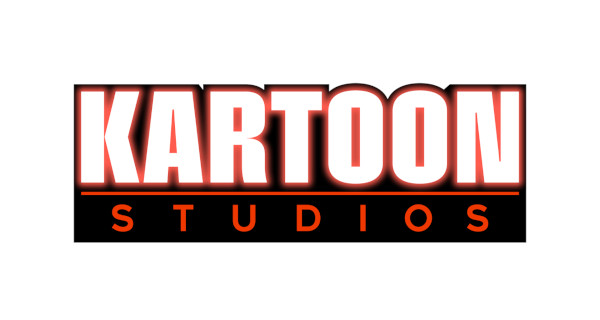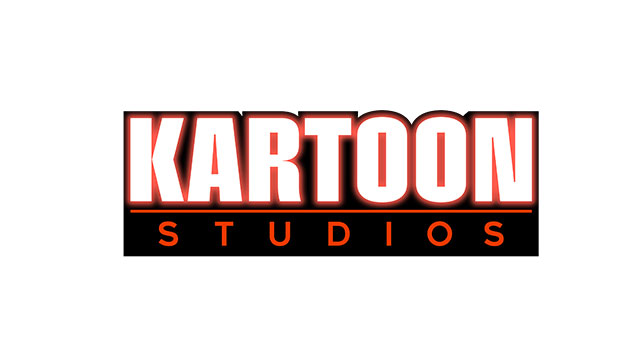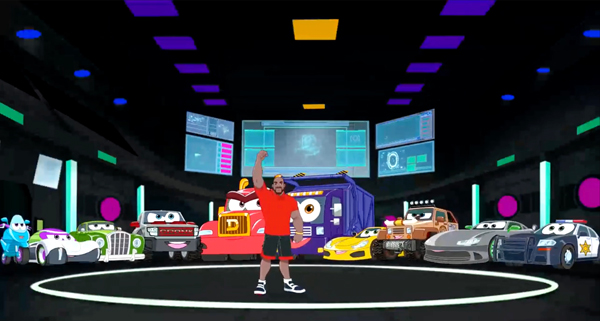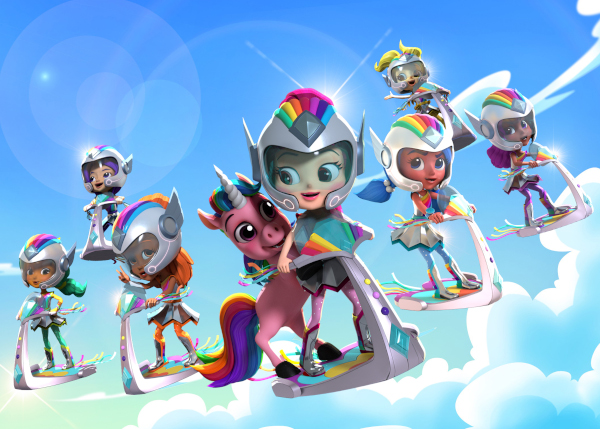Andy Heyward, chairman and CEO of Genius Brands International, talks to TV Kids about shaking up distribution models with new shows like SpacePOP and offers his take on building 360-degree brands that will conquer the attention of kids on screen and at retail.
Andy Heyward has had a front-row seat to the tectonic shifts in the kids’ business over his long entertainment career. Today the chairman and CEO of Genius Brands International, Heyward got his start at the legendary animation studio Hanna-Barbera and later, over the course of some 25 years, built DIC Entertainment into an independent kids’ and family powerhouse. After selling DIC, Heyward soon set up a new venture, A Squared Entertainment, and a few years later, eyeing a foothold in the toddler and preschool arena, merged it with Genius Brands. Having watched as broadcast television ceded its position in kids’ lives to cable, and now observing as on-demand and online platforms take up more of children’s entertainment time, Heyward has identified digital media as a key growth opportunity.
 TV KIDS: Tell us about how you are exploring new distribution models with your latest property, SpacePOP.
TV KIDS: Tell us about how you are exploring new distribution models with your latest property, SpacePOP.
HEYWARD: SpacePOP came from what we saw as white space in the marketplace, from the vacuum after Monster High. There was nothing there for tween girls. So we developed SpacePOP. We know that princesses are a powerful theme for girls. We know that music is very powerful, as is space. So we came up with this concept of five princesses in space. They form a rock band and go underground to lead the rebel resistance to recapture their place in the galaxy and throw off an evil, oppressive force. That’s the premise. It’s Spice Girls meets Star Wars. It’s very, very cool. It’s an unusual concept and a unique distribution plan. Instead of going to a Disney Channel or a Nickelodeon, for example, we decided to launch the brand on YouTube. Girls at that age, they’re living on YouTube. They spend a lot of their screen time there. They absorb content in short doses. We have produced 108 3-minute episodes. In the middle of each one, there’s a music video. We started with six episodes when we launched on June 20, and we’re releasing two new episodes a week. Within a month or so of launching, we reached approximately 4 million views, so we feel the content is resonating with our audience. We are now gearing up for the fall retail launch. We have nearly 20 licensing partners and counting that are creating merchandise for everything you can imagine: publishing, toys, apparel, accessories, confections, pretty much every major category. And we have prime retail distribution and extraordinary promotional partners on board.
TV KIDS: Will your distribution team be selling the show to broadcast platforms worldwide?
HEYWARD: After SpacePOP has had its run on YouTube, we’re developing a full-length feature with Sony [Pictures Home Entertainment], which will be released in Q4 this year. There’s a lot going on with the brand from all sides: licensing, home entertainment, digital and national promotions with Six Flags, Camplified and Dippin’ Dots, as well as promotions on platforms that appeal to young girls, like musical.ly. We’ve also hired a team of tween and teen influencers who have millions of followers. They’re promoting the music and the SpacePOP business overall. So there are a lot of dimensions to this. We’re also putting international agents in place in all the major territories to start taking the brand to the international marketplace.
TV KIDS: And you’re producing a new animated show for Netflix?
HEYWARD: It’s a property called Llama Llama, based on a series of preschool books [by New York Times best-selling author and illustrator Anna Dewdney]. They’ve sold over 9 million copies. The authors came to us. They met with everybody in Hollywood. Because of the controls we were able to provide to them and the creative input, they chose us. We’ve got an amazing team on this: Rob Minkoff, director of The Lion King; Joe Purdy, an accomplished Emmy-winning writer who did everything from Hey Arnold! to Dinosaur Train; Ruben Aquino, who designed every major feature-film character from Disney going back to The Little Mermaid right through to Frozen. So there’s a real team of champions on this from start to finish. Plus, Jennifer Garner just signed to voice Mama Llama. In terms of distribution, we wanted to go with what we thought would be the strongest platform for this particular property and partnered with Netflix. We’re producing 30 11-minute segments, 15 half-hour episodes. The original series is slated to premiere in 2017, along with a fully developed licensing and retail program.
TV KIDS: What gains are you seeing with your video-on-demand channels?
HEYWARD: Kid Genius is currently in 21 million homes via Comcast’s XFINITY On Demand platform, and we have just secured our first major advertisers through our media buyer, batteryPOP. We expect to have the channel’s reach grow very dramatically by the fourth quarter of this year. We consider it a very important platform and will continue to create and curate interesting content to fuel that pipeline.
TV KIDS: How are you maintaining the momentum on your returning brands?
HEYWARD: On Baby Genius we have an exclusive deal with Amazon until the end of 2016, and then the program will go wide. We’re developing and producing new content, and we’re looking to engage a celebrity ‘spokesmom’ who is in the music world. With Thomas Edison’s Secret Lab, we have distribution on Netflix, our Kid Genius channel and nearly 200 public television stations across the country. Plus, we have a master toy licensee, Wicked Cool Toys, and other partners on board to target rolling out merchandise in 2017.
TV KIDS: What’s your sense of what licensees and retailers are looking for in this crowded marketplace?
HEYWARD: We have a slightly different approach. We initially approach the retailers and then we go back to the licensees. We have relationships with Toys “R” Us, Target, all of the major retailers. We work with them to find where the white space is, where the holes are. Then we begin developing a plan, and with their support we then go to the licensees and get them on board. Stone Newman is running our worldwide consumer products and marketing business. He had his own very successful toy business, and we wooed him to come work with us. He’s done an amazing job building our licensing, merchandising, retail and promotional programs. He’s revitalized our licensing business dramatically.
TV KIDS: Tell us about your perspective on new technology, and how it’s enhancing the value of animated content.
HEYWARD: I like to refer to Tom and Jerry, as it’s such a great example. Tom and Jerry was made in 1939. Kids are still watching Tom and Jerry today—3-, 4-, 5-year-olds are discovering it for the first time and loving it. Tom and Jerry was made for motion-picture theaters; that’s where it ran. Then it went to television. It went from broadcast to cable, VHS to DVDs and Blu-ray and the internet, and now to all of the new and emerging technologies and platforms. It doesn’t matter what the platform is—the content remains engaging. This is one of the few businesses that are enriched by technology and distribution systems, not hindered by innovation. Good content will travel and live a long, long time, particularly so for children’s animation, which tends to be evergreen and international. Good stories and characters are timeless. I wrote on The Flintstones, Scooby-Doo, The Smurfs—those were made in the ’70s, and they are still successful today. If you know how to create conflict and crisis and jeopardy and hijinks, all of the tools of good storytelling and rich characters, you’re going to have a successful product, whatever the distribution platform is and whatever new technology comes around.
 TVKIDS
TVKIDS






